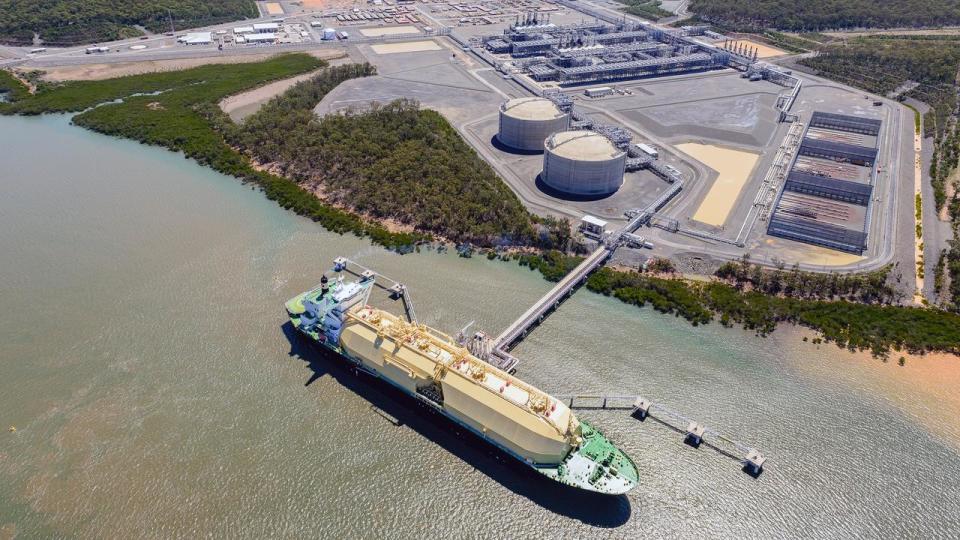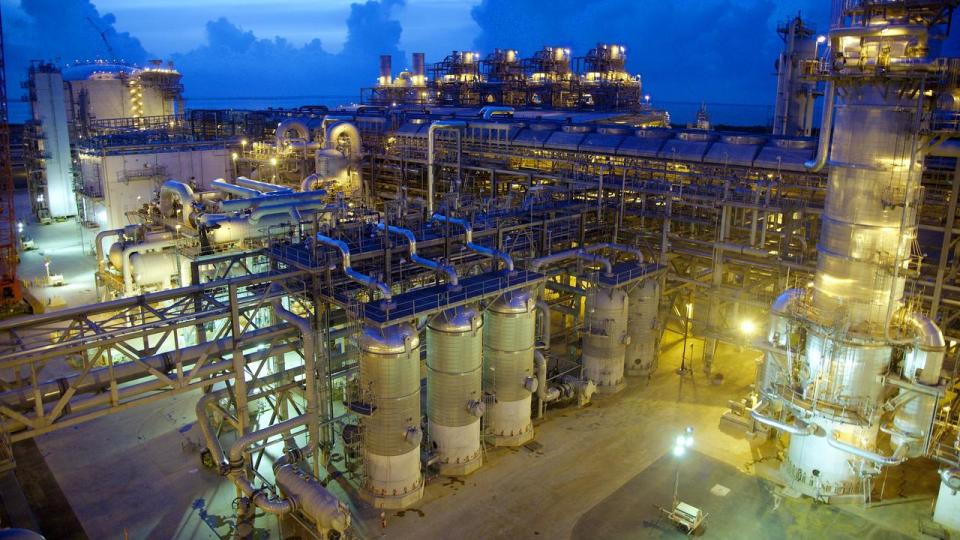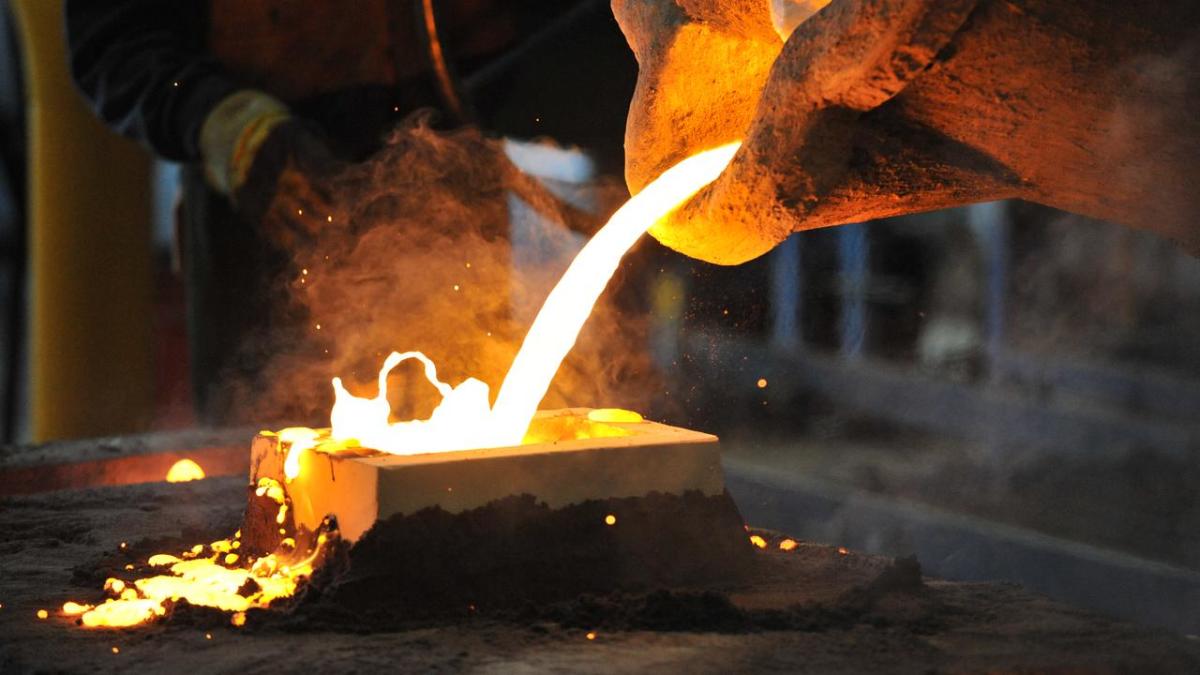Households will have a choice over how their energy needs are met under a national gas plan, but critics want renewable sources that don’t damage water supplies and land.
Australia has locked in gas for homes, the electricity system, industry and exports through to 2050 under a future gas strategy released by Resources Minister Madeleine King on Thursday.
“Gas plays a crucial role in supporting our economy, with the sector employing 20,000 people across the country, including remote and regional communities,” Ms King said.
She said producers and state governments must work together to avoid shortages and make gas affordable, such as the Narrabri project that could supply half the gas used in NSW homes and businesses.

The Lock the Gate alliance of farmers and conservationists said the gas strategy was a re-run of Scott Morrison’s failed “gas-fired recovery” plan, with a focus on promoting new gas fields that would blow Australia’s climate targets.
National co-ordinator Carmel Flint said it was a “reckless” plan to open up new industrial gas basins that would damage land, water and communities.
Djingili Elder Samuel Sandy, chair of the Nurrdalinji Aboriginal Corporation, said solar was the answer, not gas from drilling into land in the Northern Territory.
“It’s already getting hotter here, making it harder to live on country. Already our people can’t keep their homes cool. Digging and burning more gas will make this worse,” he said.
“If our country is fracked, where are we going to take our grandchildren out on country to teach them, the way my grandfather taught me? How will they be taught the songlines, our way of life?”
Lucy Manne, CEO of climate group 350 Australia, said Ms King was “doing the dirty work of the gas lobby” by spruiking massive new gas fields.
“More gas means more pollution, and that means worse fires and floods. We can’t have a safe future and massive new gas projects,” Ms Manne said.
Ms King said the sector would need continued exploration, investment and development of new gas fields to supply Australian needs and Asian economies.
“While we transition to electrification, that gas needs to be affordable, and to be affordable, you need reliable supply,” she said.
One of Australia’s biggest exports, gas also supported manufacturing, food processing and refining of critical minerals that would help Australia and the world to lower emissions, Ms King said.
Although the uses would change over time, gas would play an important role in backing up renewable power generation and was needed by heavy industry until alternative technologies become commercially viable, she said.
Storing carbon deep under the seabed is the bedrock of new gas, with contentious carbon capture and storage (CCS) underpinning the sector’s continued expansion.
Acreage for offshore CCS and a new initiative on regional co-operation on storing carbon for regional partners is part of the plan.


PRINCIPLES FOR FUTURE GAS:
* Australia will produce and use gas while reaching net zero emissions by 2050
* Gas must remain affordable for Australian users throughout the transition to net zero
* New sources of gas supply are needed to meet demand during the economy-wide changes
* Reliable gas supply will gradually and inevitably support a shift towards “higher-value and non-substitutable” gas uses.
* Gas and electricity markets must adapt to remain fit for purpose throughout the energy transformation.
* Australia is, and will remain, a reliable trading partner for energy, including LNG and low-emission gases.














